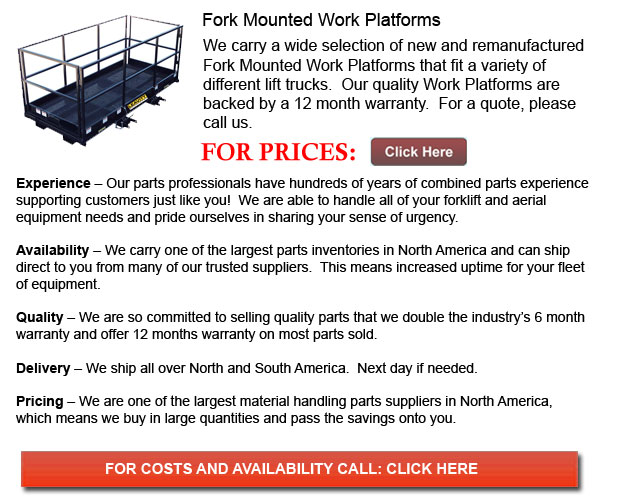
Fork Mounted Work Platform - There are specific requirements outlining forklift safety requirements and the work platform should be built by the manufacturer so as to conform. A custom-made designed work platform can be designed by a professional engineer as long as it also meets the design standards according to the applicable forklift safety requirements. These custom-made made platforms should be certified by a licensed engineer to maintain they have in truth been made in accordance with the engineers design and have followed all requirements. The work platform must be legibly marked to display the name of the certifying engineer or the maker.
There is some particular information's that are considered necessary to be make on the equipment. One example for custom-made equipment is that these need an identification number or a unique code linking the design and certification documentation from the engineer. When the platform is a manufactured design, the part number or serial to be able to allow the design of the work platform ought to be marked in able to be linked to the manufacturer's documentation. The weight of the work platform when empty, along with the safety requirements which the work platform was built to meet is amongst other vital markings.
The rated load, or otherwise called the maximum combined weight of the tools, people and materials permitted on the work platform ought to be legibly marked on the work platform. Noting the least rated capacity of the lift truck that is required to be able to safely handle the work platform could be determined by specifying the minimum wheel track and forklift capacity or by the model and make of the lift truck which could be utilized together with the platform. The method for fastening the work platform to the forks or fork carriage must likewise be specified by a licensed engineer or the manufacturer.
One more requirement intended for safety guarantees the flooring of the work platform has an anti-slip surface situated not farther than 8 inches above the regular load supporting area of the blades. There should be a means offered so as to prevent the carriage and work platform from pivoting and turning.
Use Requirements
Only skilled operators are authorized to operate or work these equipment for hoisting employees in the work platform. Both the work platform and lift truck ought to be in good working condition and in compliance with OHSR previous to the use of the system to raise personnel. All producer or designer directions which pertain to safe use of the work platform should likewise be accessible in the workplace. If the carriage of the lift truck is capable of pivoting or turning, these functions must be disabled to maintain safety. The work platform should be secured to the fork carriage or to the forks in the specified manner provided by the work platform manufacturer or a professional engineer.
One more safety standard states that the rated load and the combined weight of the work platform must not go over one third of the rated capability for a rough terrain lift truck. On a high lift truck combined loads must not exceed 1/2 the rated capacities for the reach and configuration being utilized. A trial lift is considered necessary to be carried out at each job site at once before raising employees in the work platform. This process ensures the lift truck and be positioned and maintained on a proper supporting surface and likewise to guarantee there is sufficient reach to put the work platform to allow the job to be completed. The trial process also checks that the boom can travel vertically or that the mast is vertical.
Before utilizing a work platform a trial lift should be done right away before lifting workers to ensure the lift could be correctly placed on an appropriate supporting surface, there is enough reach to place the work platform to perform the required job, and the vertical mast could travel vertically. Utilizing the tilt function for the mast could be utilized to be able to assist with final positioning at the task location and the mast should travel in a vertical plane. The test lift determines that ample clearance could be maintained between the work platform and the elevating mechanism of the lift truck. Clearance is also checked according to storage racks, overhead obstructions, scaffolding, as well as whatever surrounding structures, as well from hazards like energized equipment and live electrical wire.
Systems of communication need to be implemented between the lift truck driver and the work platform occupants to efficiently and safely manage operations of the work platform. When there are several occupants on the work platform, one individual must be selected to be the primary person accountable to signal the forklift driver with work platform motion requests. A system of arm and hand signals ought to be established as an alternative method of communication in case the main electronic or voice means becomes disabled during work platform operations.
Safety measures dictate that staff must not be moved in the work platform between task locations and the platform must be lowered to grade or floor level before any individual goes in or exits the platform as well. If the work platform does not have railing or sufficient protection on all sides, each occupant should wear an appropriate fall protection system attached to a chosen anchor point on the work platform. Employees have to perform functions from the platform surface. It is strictly prohibited they do not stand on the guardrails or use whichever tools so as to add to the working height on the work platform.
Lastly, the operator of the forklift has to remain within 10 feet or 3 metres of the controls and maintain contact visually with the work platform and lift truck. When occupied by employees, the driver has to follow above standards and remain in full contact with the occupants of the work platform. These tips assist to maintain workplace safety for everyone.
![]() Click to Download the pdf
Click to Download the pdf
Forklift Parts
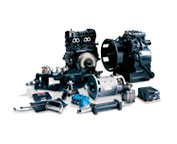
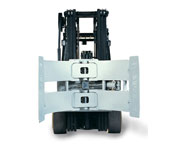
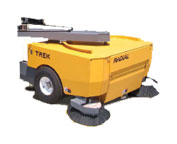
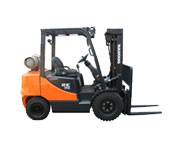
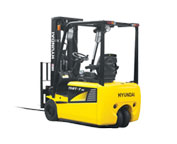
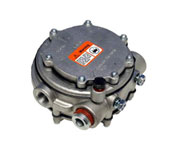
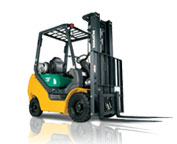
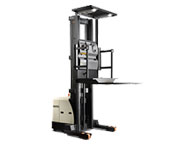
Lift Parts Express
TOLL FREE: 1-888-695-7994
LOCAL: 925-270-0298
4425 Treat Blvd C-103
Concord, California
forkliftpartsconcord.com
Email Us
About Us


